When it comes to keeping your furry friend warm in an outdoor kennel in the cold season, shelter and maintenance are key for their overall health. Insulation, bedding, and strategic placement can make all the difference. Providing a cozy blanket or dog bed can help maintain body heat, while ensuring the kennel is draft-free keeps the chill at bay. Remember, a well-fed pup generates more warmth, so keep those food and water bowls full!
Ensuring your dog’s comfort during chilly weather doesn’t have to be ruff! By following some simple tips and tricks, you can make sure your canine companion stays warm and happy in their outdoor haven. So, let’s dive into how to keep your dog snug as a bug in their outdoor retreat!
How to Keep Your Dog Warm and Cozy in Their Outdoor Kennel During the Chilly Winter Months
- Insulate the walls and roof of the kennel
- Provide a thick layer of bedding for warmth
- Use a heated water bowl to prevent freezing
- Install a windbreak or tarp to block cold drafts
- Check for any gaps or cracks that may let cold air in
- Consider adding a heat lamp for extra warmth
- Insulate the walls and roof of the kennel to trap heat inside
- Provide a thick layer of bedding such as blankets or straw for warmth
- Use a heated water bowl to prevent water from freezing
- Install a windbreak or tarp to block cold drafts and keep the kennel sheltered
- Check for any gaps or cracks in the kennel that may let cold air in
- Consider adding a heat lamp to provide extra warmth during particularly cold nights
- Place the kennel in a sheltered area away from direct wind or harsh weather conditions
- Consider using a doggie door or flap to allow your dog to come inside when needed
- Ensure your dog has access to plenty of fresh water at all times to stay hydrated and regulate body temperature
- Dress your dog in a warm sweater or jacket designed for pets when they go outside
- Monitor your dog’s behavior for signs of discomfort or cold, such as shivering or seeking warmth
- Provide regular exercise to keep your dog active and generate body heat
- Consider using a heated pet bed or pad inside the kennel for added comfort
- Avoid shaving your dog’s fur in the winter months as their coat provides natural insulation
- Consult with your veterinarian for additional tips on keeping your specific breed of dog warm and comfortable in their outdoor kennel
Importance of Warmth for Outdoor Dogs

Essential Warmth
Providing dogs with adequate warmth is crucial to prevent health issues like hypothermia and joint pain. Warmth ensures that your pet remains comfortable and healthy, especially in colder climates. Creating a cozy shelter with indoor dogs can help regulate their body temperature, keeping them warm and content. Ensure the kennel is well-insulated to retain heat effectively.
Safe and Cozy Space
Adequate warmth in an outdoor kennel is essential to maintain your dog’s overall well-being. Warm bedding materials such as blankets or straw can provide insulation from the cold ground.
Elevating the kennel slightly off the ground can prevent moisture buildup and enhance warmth retention. Consider using a heated pad or thermal blanket for added comfort during chilly nights.
Assessing Your Dog’s Cold Tolerance

Observing Behavior
Pay attention to your dog’s behavior in cold weather to assess their tolerance. Some dogs may enjoy the cold, while others might show signs of discomfort.
Considering Factors
When evaluating your dog’s cold tolerance, consider their breed, size, age, and overall health. Smaller breeds or those with short coats may be more sensitive to the cold. I have found that my older dog tends to get colder more quickly than my younger pup. Observing how they react differently has helped me tailor their outdoor time accordingly.
Monitoring Signs
Watch for signs of discomfort such as shivering or reluctance to go outside. These are indications that your dog may not be tolerating the cold well and needs additional warmth.
Keep an eye out for any changes in your dog’s behavior when exposed to the cold. My dog starts pacing and whining, signaling that he is feeling too chilly.
Signs of Cold Stress in Dogs
Recognizing Symptoms
Dogs exhibit signs of cold stress through behaviors like shivering, whining, or seeking warm spots. Observing changes in behavior is crucial to spot early indicators of discomfort.
Physical Indications
Check for cold extremities such as ears, paws, or tail as they can signal your dog’s struggle with the cold. Look out for frostbite signs like discoloration or swelling on these body parts.
I believe it’s essential to monitor your dog closely during colder months, especially if they spend extended periods outdoors. Providing extra bedding or a heated pad can offer additional warmth and comfort. Remember, just like humans, dogs can also experience discomfort from the cold weather.
Creating a Cozy Kennel Space

Covered Areas
Design the kennel with covered sections to shield your dog from rain, snow, and wind. These areas provide crucial protection from harsh weather conditions.
Ensure that the outdoor living space includes sheltered spots where your dog can seek refuge during extreme temperatures. This helps maintain their body heat.
Ventilation and Insulation
Create a secure and inviting environment by balancing ventilation and insulation in the kennel. Proper airflow prevents moisture buildup, while insulation retains warmth.
Incorporate features like raised flooring and insulated walls to keep the kennel cozy. This setup ensures your dog stays comfortable even in chilly outdoor conditions.
Personal Experience: I found that adding a thick layer of straw or blankets on the floor of the kennel significantly enhanced my dog’s warmth during cold nights.
Insulating for Heat Retention

Use Insulated Kennels
Insulated kennels are essential for regulating temperature and protecting your dog from the cold air. These kennels provide a barrier against harsh weather conditions, keeping your furry friend warm and cozy.
Elevate the kennel slightly off the ground to prevent heat loss and avoid moisture buildup. This simple technique helps in maintaining a comfortable environment inside the kennel, especially during chilly nights or windy days.
Maintain Comfortable Temperature
To ensure your dog stays warm in the outside kennel, it’s crucial to monitor and adjust the temperature regularly. Use thermostats or heating pads designed for pets to maintain a comfortable level of warmth inside the kennel.
I find that adding extra layers of bedding, such as blankets or straw, can further enhance insulation and provide additional warmth for your dog. It’s important to check these layers regularly for any signs of dampness or wear and tear.
In my experience, creating a small enclosed space within the kennel using blankets or tarps can help trap heat effectively and create a cozy retreat for your dog. This enclosed area serves as a snug spot where your pet can curl up and stay warm during cold spells.
Bedding and Sleeping Areas

Insulation Options
When it comes to bedding for your dog’s outdoor kennel, consider using materials like straw or blankets for insulation. These options provide an additional layer of warmth, especially during colder days.
Proper Positioning
Ensure the adequate shelter inside the kennel is well-positioned away from drafty areas. By placing the bedding in a spot that avoids direct exposure to cold air, you help create a cozy and warm sleeping environment for your furry friend.
I always make sure to add extra blankets during winter to keep my dog warm and comfortable throughout the night. This small gesture goes a long way in providing a snug space for them to rest peacefully.
Temperature Regulation
Maintaining a comfortable environment in the outdoor living area is crucial. Monitor the temperatures regularly to ensure they remain within a safe range for your pet. Extreme cold can be painful for dogs and may lead to issues like frostbite or hypothermia.
Providing access to more bedding options allows your dog to adjust their sleeping arrangements based on personal comfort. This flexibility ensures they can stay warm regardless of the weather conditions outside.
Winter Nutrition and Hydration
Food
Ensuring your dog has enough food during the cold weather is crucial for maintaining warmth. A well-balanced diet rich in proteins and fats helps generate heat within their body.
Feeding your dog small, frequent meals throughout the day can aid in generating heat during digestion. This process helps keep them warm in an outside kennel during winter.
Water Supply
Maintaining a fresh and unfrozen water supply is essential for your dog’s hydration in the snow. Dehydration can lead to decreased body temperature, posing health risks.
Hydrating your dog regularly helps regulate their body temperature, ensuring they stay warm even in chilly weather conditions. Providing access to water at all times is vital for their well-being.
Protective Gear and Grooming
Outdoor Activities
Use weather gear like coats to keep your furry friend warm during outdoor activities in cold weather. These protective clothing items help maintain your pet’s body heat.
Regularly groom your dog to ensure its overall health and proper insulation against the cold. Brushing your dog’s fur helps in distributing natural oils that act as a barrier against the cold.
Paw Protection
Invest in booties to shield your dog’s paws from icy surfaces or harsh conditions. These booties provide a layer of protection, preventing frostbite or injuries to your pet’s delicate paws.
When it comes to maintaining your dog’s health, grooming plays a vital role in ensuring their well-being. By keeping their coat clean and well-brushed, you can prevent matting and promote better insulation against the cold weather.
Protective gear such as coats and boots not only keep your dog warm but also safeguard them from potential health issues related to exposure to extreme temperatures.
As a dog owner, I’ve found that investing in high-quality protective gear has significantly improved my pet’s comfort during outdoor activities in chilly weather. It’s essential to prioritize your furry friend’s well-being by providing them with adequate protection against the cold.
Recognizing and Reacting to Hypothermia
Signs of Hypothermia
Recognize the signs of hypothermia in your dog when exposed to cold temperatures. Look for symptoms such as violent shivering, lethargy, or weakness. These are indicators that your dog’s body temperature has dropped significantly.
Keep an eye out for behaviors like seeking warm shelter, curling into a ball, or tucking their tail. These actions suggest that your dog is trying to conserve heat and protect themselves from the cold.
Acting Quickly
Act promptly if you suspect your dog is experiencing hypothermia due to being in an outside kennel during cold temperatures. Gradually warm your dog by wrapping them in blankets or towels. Avoid using direct heat sources like heating pads, as they can cause burns.
Create a warm environment by using hot water bottles or heating pads covered with a towel. Place these near your dog, ensuring they have the option to move away if they get too warm. Monitor their temperature closely during this process.
Seeking Veterinary Help
If symptoms of hypothermia persist despite your efforts to warm your dog, it is crucial to seek veterinary assistance immediately. Professional help ensures that your pet receives the necessary care and treatment for hypothermia. Your vet will conduct a thorough examination and provide appropriate medical interventions.
In case of severe hypothermia, medical intervention may include intravenous fluids, warming techniques, and monitoring vital signs. Early detection and treatment are essential in preventing serious complications associated with hypothermia.
Conclusion:
After understanding the significance of warmth for outdoor dogs and recognizing the signs of cold stress, I’ve learned how to create a cozy kennel space, insulate it for heat retention, provide suitable bedding, and ensure proper nutrition and hydration during winter. Protective gear, grooming practices, and vigilance against hypothermia are crucial aspects to safeguard my furry friend’s well-being. Winterizing my dog’s outdoor kennel is now a priority to keep them safe and comfortable in colder months.
Taking proactive steps to keep our canine companions warm in outside kennels is not just about comfort but also about their health and happiness. By implementing these strategies, we can ensure that our dogs stay cozy and protected from the harsh elements. Let’s make their outdoor experience enjoyable even during chilly weather!
FAQ’s:
To assess your dog’s cold tolerance, observe for signs like shivering, seeking warmth, or curling up tightly. Check for cold ears, paws, or tail. If your dog seems uncomfortable or is reluctant to go outside, they might be feeling cold.
Signs of cold stress in dogs include shivering, whining, seeking warm spots, curling up tightly, lifting paws off the ground, and reluctance to go outside. Watch for signs of discomfort or distress in your dog during cold weather.
Create a cozy kennel space by providing insulated bedding like blankets or straw, using a heated pad designed for pets (if safe), blocking drafts with a windbreak or door flap, and ensuring the kennel is dry and free from moisture.
Insulating the kennel helps retain heat by preventing warmth from escaping and blocking cold air from entering. This insulation creates a comfortable environment for your dog during colder weather and helps maintain their body temperature at a safe level.
Provide protective gear like sweaters or coats designed for dogs to help keep them warm during winter. Consider using paw balm to protect their paws from ice and salt on sidewalks. Groom your dog regularly to maintain their coat’s insulation properties.


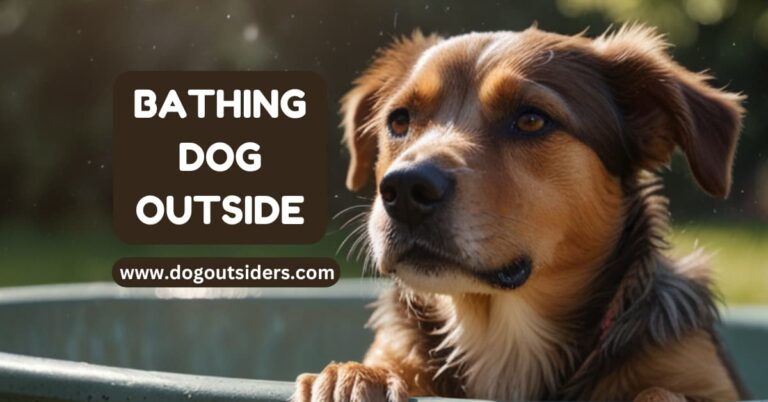
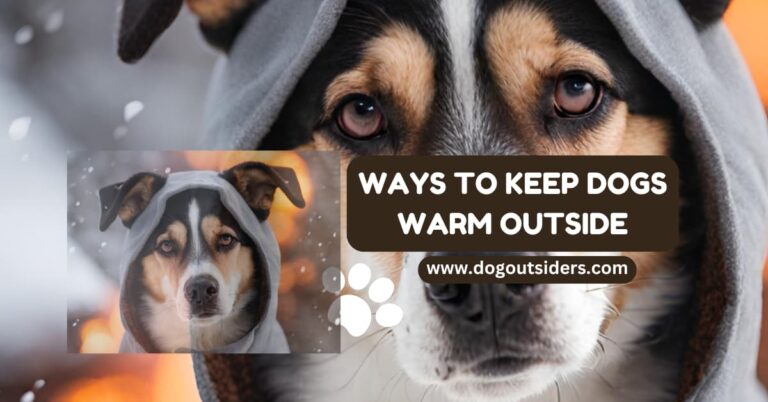
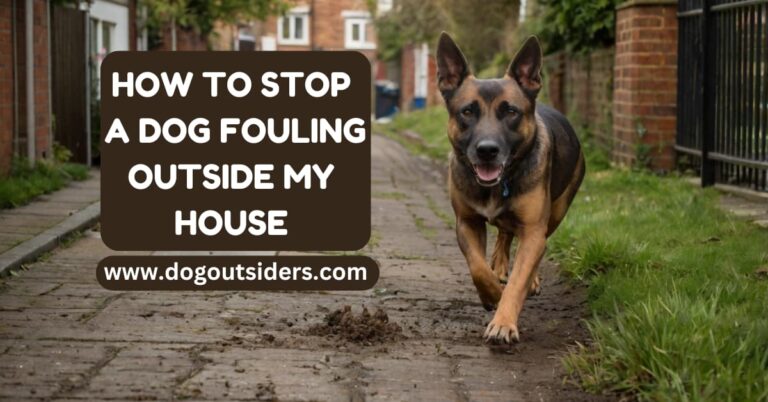
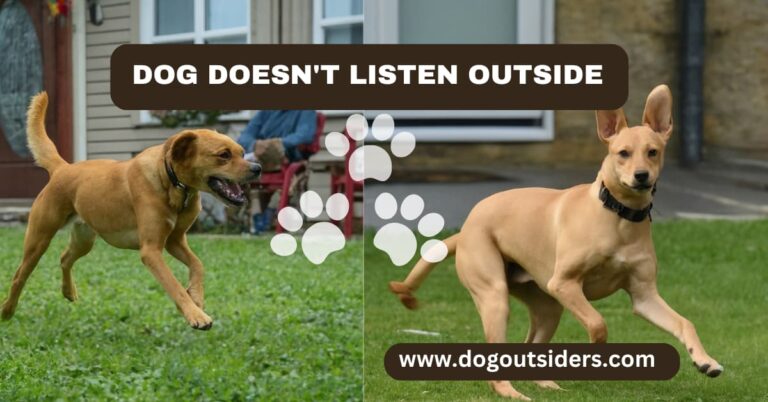
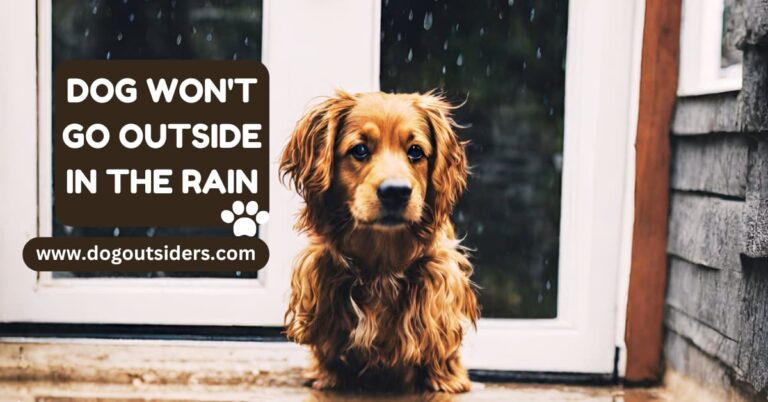
3 Comments